Content:
Observing certain agricultural practices, planting some garden crops at a close distance from each other, you can get more plentiful harvests from each of them. In addition, the quality indicators of these plants increase, and it becomes easier to care for them.
Are these cultures compatible
Gooseberries and currants, white or red, when planted together, have a good effect on the quantitative indicator of each other's fruiting. This agrotechnical technique is used by gardeners especially often.
The positive effect of such a combination of nearby planting crops is achieved due to the belonging of these two plant species to the Saxifrage family, in which the same distinctive features are considered to be similar, therefore they are germinated, observing a similar technique.
A positive answer to the questions whether it is possible to plant currants next to a gooseberry and whether it is possible to plant black and red currants next to it can be justified by describing the following characteristics:
- The ability to bear fruit develops in the second year after the final planting of the planting material;
- Abundant regular fruiting, subject to correct adherence to all planting measures, begins in the third year;
- Undemanding in terms of care, which consists in the implementation of standard procedures;
- Frost resistant. Since both of these plantings are able to withstand lower temperatures, less time is required to prepare for the winter season;
- Growing in the Middle Lane.
However, currants and gooseberries can often be grown within the following territories:
- northern regions of the Russian Federation;
- the central part of the Russian Federation;
- eastern regions of the Russian Federation;
- North-West Ukraine;
- Belarus.
- On the shrub of one and the other species there should be about 34 branches, which arose in different seasons;
- Shrub growth to the same height;
- The device of the root system is fibrous type. More than 80% of the roots germinate approximately 30 cm deep, often violating the boundaries of the diametrical position of the crown;
- Early flowering, sometimes before the onset of a thaw. Cross-pollination has a positive effect on the yield of each bush;
- Ability to bear fruit for nearly two decades.
Many gardeners are worried about whether it is possible to plant black currants and red ones next to them, and how much are currants and gooseberries compatible. So, gooseberries and currants are crops that grow well close to each other.
The distinctive features of the gooseberry are the plant's ability to quickly restore shoots. Due to the rapid formation of root shoots, the crown quickly overgrows, which greatly complicates the care of this planting, compared to currants.
You can prevent excessive thickening of the crown part by periodically pruning gooseberry bushes. You can reduce the number of basal shoots by mulching the soil with a lot of mullein.
Gooseberries and currants are suitable for fresh consumption, for making jam or compotes, and for use in the wine industry.
Preparing the landing site
Planting a number of gooseberry and currant bushes is permissible only if all the requirements for the selection of permanent planting sites for two adjacent shrubs are met, taking into account their biological characteristics.
The recommended place for growing currants is a slightly elevated area, illuminated during daylight hours. Red currants are more resistant to drought than black currants.
Black currants need more moist soil, so it is better to grow them in a lowered area in the northwest, north or west elevation. You can also plant a blackcurrant bush on a flat area protected from wind.
To carry out the leaching of acidic soil, it is necessary to add 300 grams of dolomite flour per 1 m2.
You can start planting planting material if the site has all the necessary conditions:
- Smooth surface with slight slopes;
- Location in an open area (lace shading is allowed);
- Providing protection of landings from wind gusts;
- The maximum groundwater level is one and a half meters.
Features of soil preparation
Preparing the soil for the permanent planting of gooseberry and currant bushes includes the following steps:
- Digging of soil is carried out to a depth of about half a meter;
- Plantings are fertilized with mullein, compost, peat or ash.
The amount in grams of fertilizers applied during planting to the soil:
- mullein, humus - 5000;
- potassium salt - 15;
- ash - 300;
- superphosphate - 60.
Every plant residue must be removed before planting. To prevent an outbreak of pests wintering on the remains of plants and branches that have begun to aphid in the next horticultural season, they must be burned.
Benefits of digging:
- the creation of a drainage layer;
- providing oxygen to the root system;
- the ability to apply dressings to the required level of occurrence;
- simplification of weeding work.
Before planting a currant bush with gooseberries, you should consider the layout of the site.It should be free from grooves and other unwanted depressions.
As a rule, planting of currants and gooseberries in the neighborhood is carried out in the form of a row located close to the extreme side of the fence or residential building, however, it can be planted in the form of several rows.
Agrotechnical features of planting
Treatment of seedlings of both crops before planting:
- pruning to remove unhealthy, broken and dried roots;
- a cut of the aerial part (for gooseberries - 10 centimeters, for currants - 18 centimeters).
A complex of fertilizers is applied to the bottom of the planting recesses.
The distance of seedlings from each other should be one and a half meters. The distance between adjacent rows is two meters. The planted shrubs should have 2 good aerial buds.
Planting gooseberry and currant bushes using this technology will contribute to the development of additional roots in the area of the base of the leading branches. Thus, a shrub with an extended base and free arrangement of branches will be formed. Shoots located in a stem depression with underground buds will resume the formation process.
Carrying out the planting process of gooseberries and currants:
- Place the plantings in the prepared recesses;
- Spread the roots, slightly shaking the seedlings so that the earth from them covers all the voids formed in the area of the root system;
- Fill up the underground part of the planting material, gradually compacting the soil. When half of the planting hole is filled, water the planting. One shrub requires half a bucket of water.
Having completely covered the roots, the following should be done:
- pour a bucket of water into the formed hole;
- mulch the soil with peat or humus around bush plantings to maintain the required moisture level.
How to care for shrubs
Post-disembarkation care activities:
- in the spring, water 4 times, increasing the number of irrigation procedures in hot weather (1 bush = 1 bucket of water);
- weed and loosen the soil as needed;
- fertilize during the flowering stage, during the formation of ovaries and soil depletion;
- cut off branches and form a crown.
In addition, shoots should be sprayed with insecticides. Also, insects die under the influence of boiling water, which scalds the branches. It should be noted that this type of treatment is completely safe for the plant.
When thinking about what you can plant next to black currants, it is best to opt for gooseberries. Currants and gooseberries are two garden crops that are perfectly compatible with each other when planting and add additional beauty to the garden landscape. By planting these crops nearby, carefully observing all agrotechnical recommendations for caring for gooseberry and currant plantations, you can get a double harvest from each shrub.
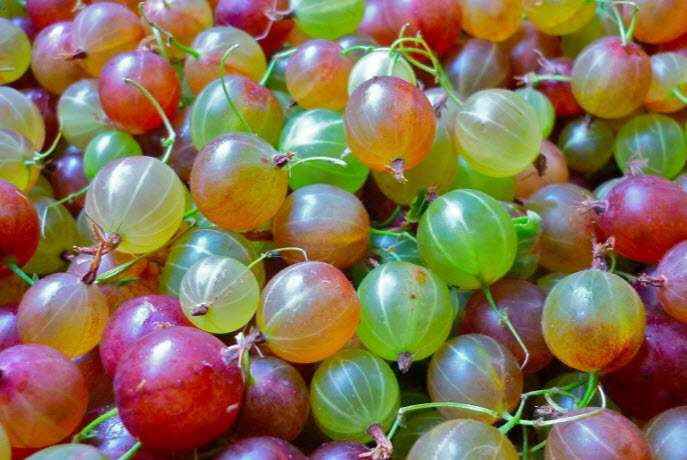
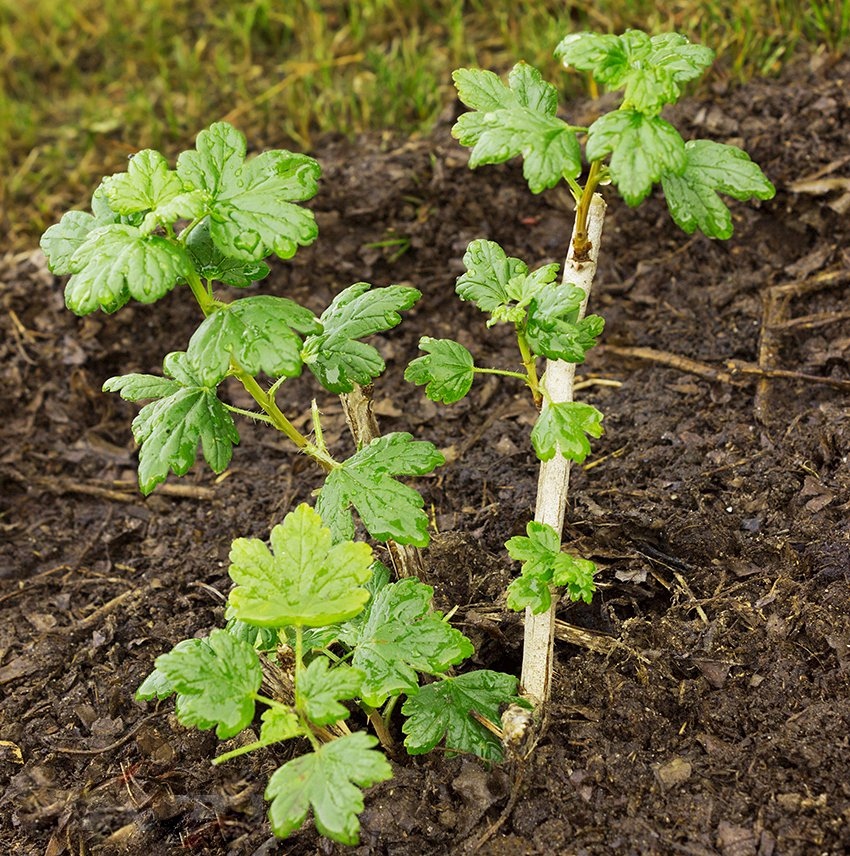
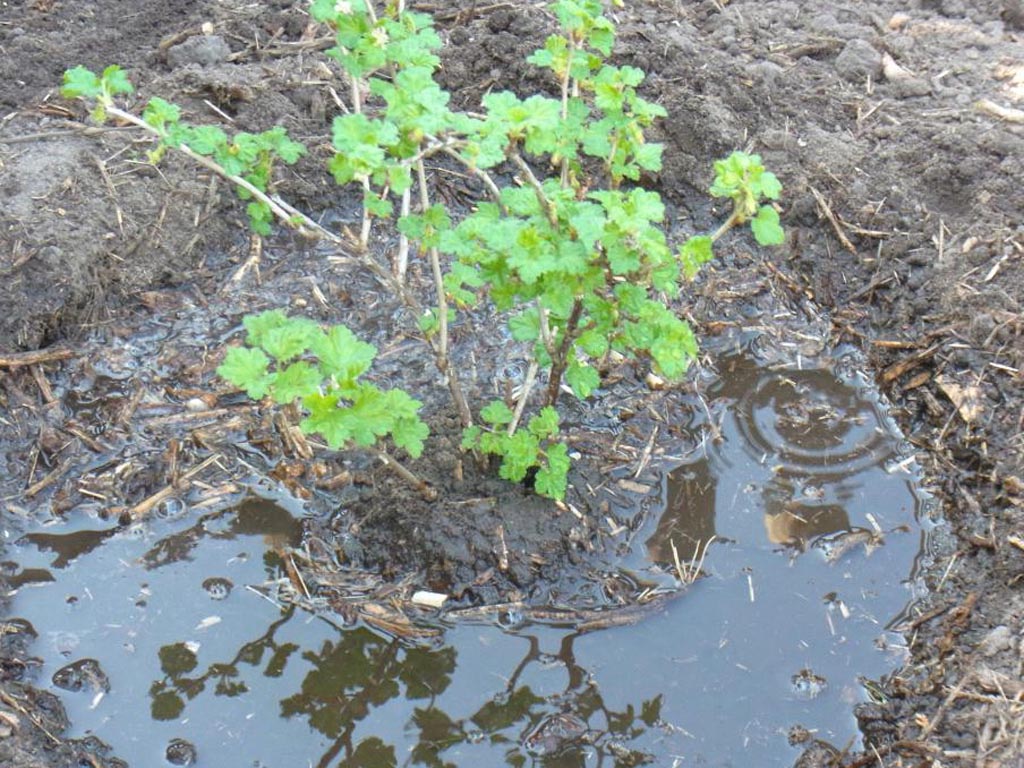
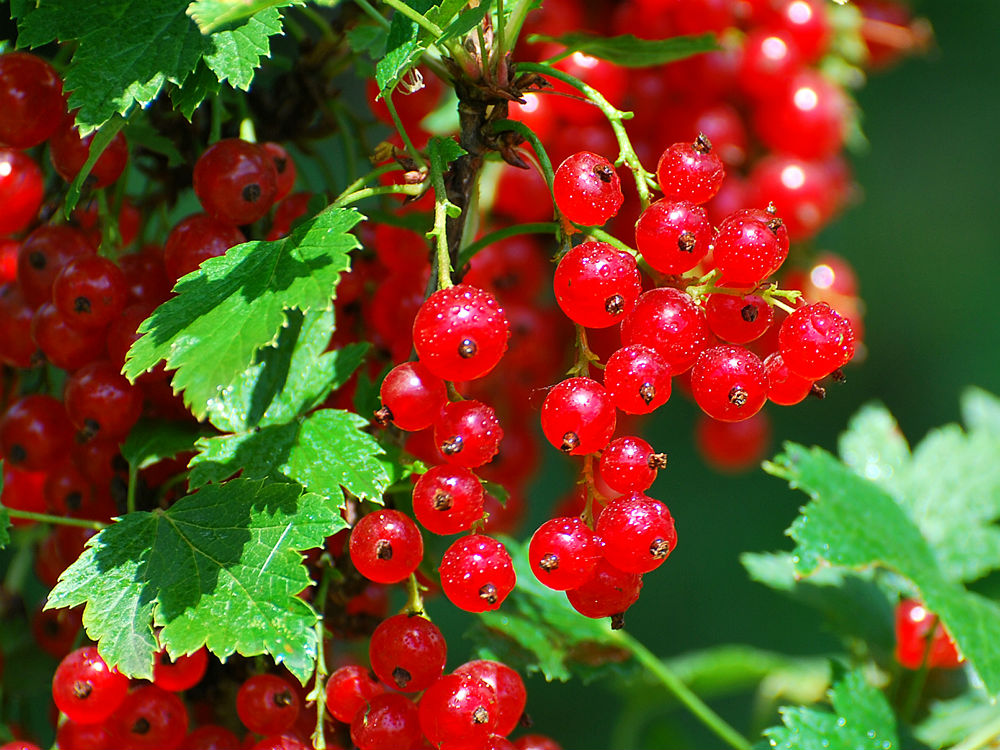
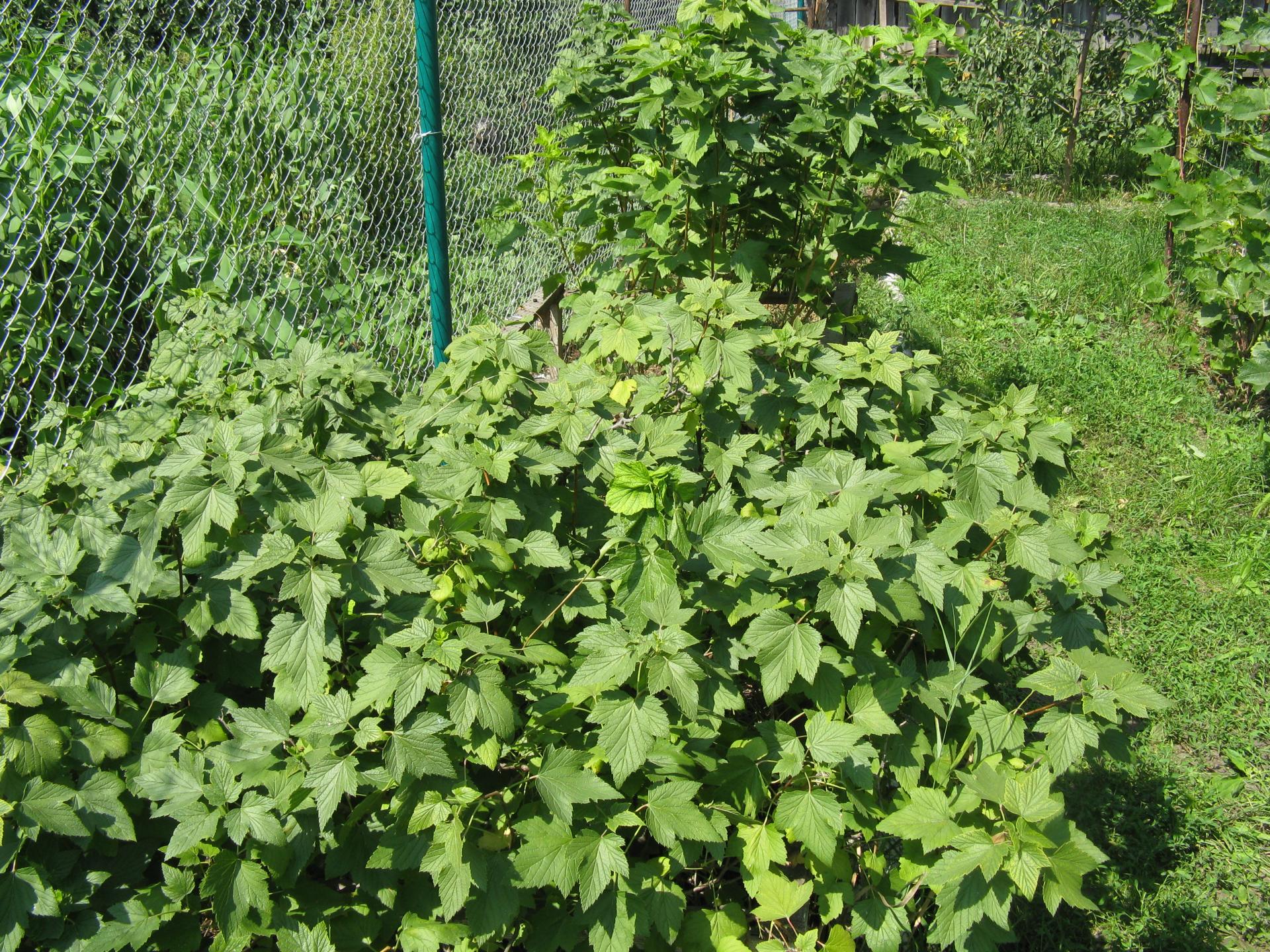
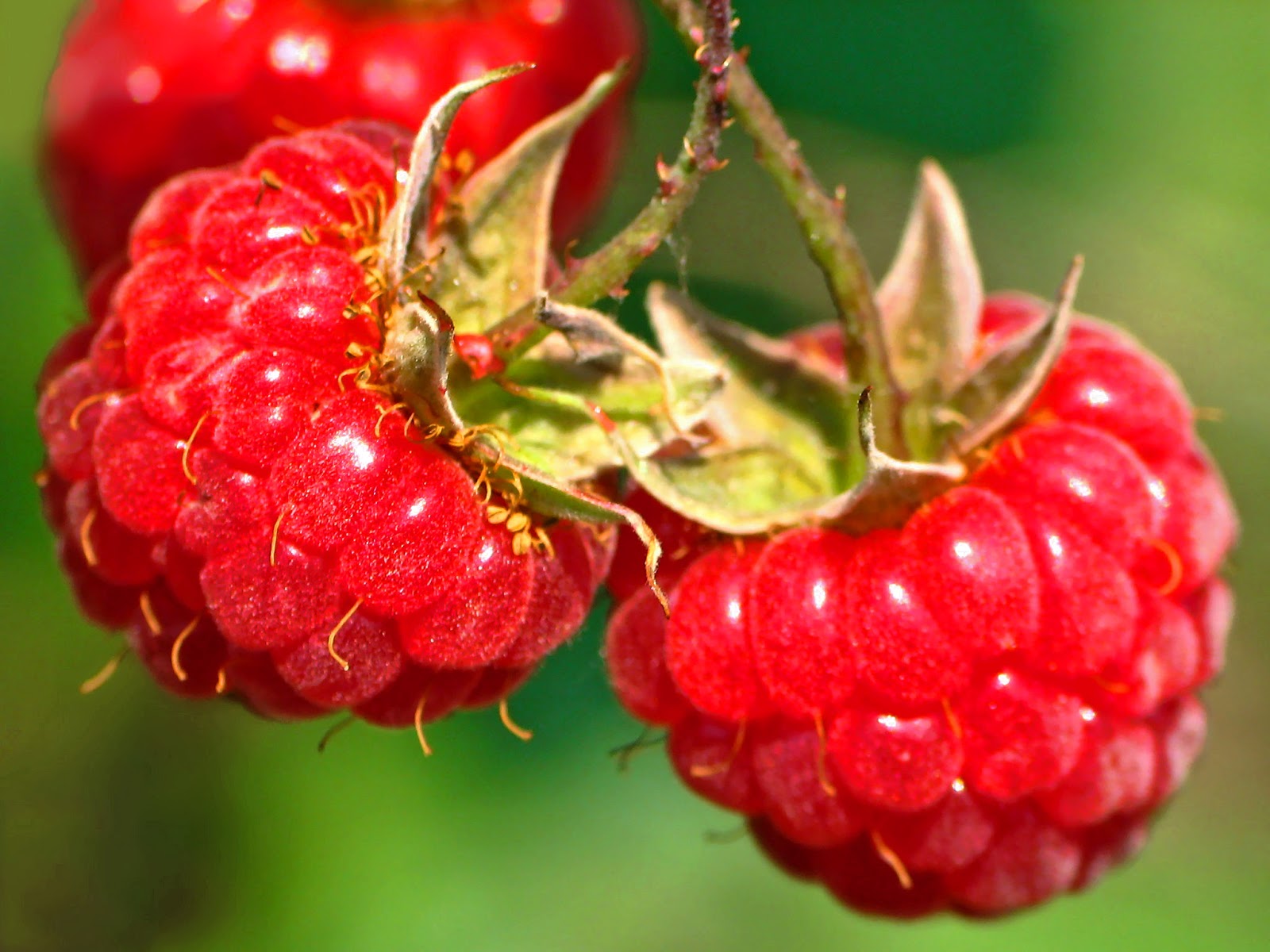
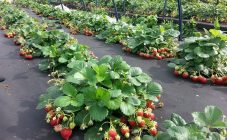

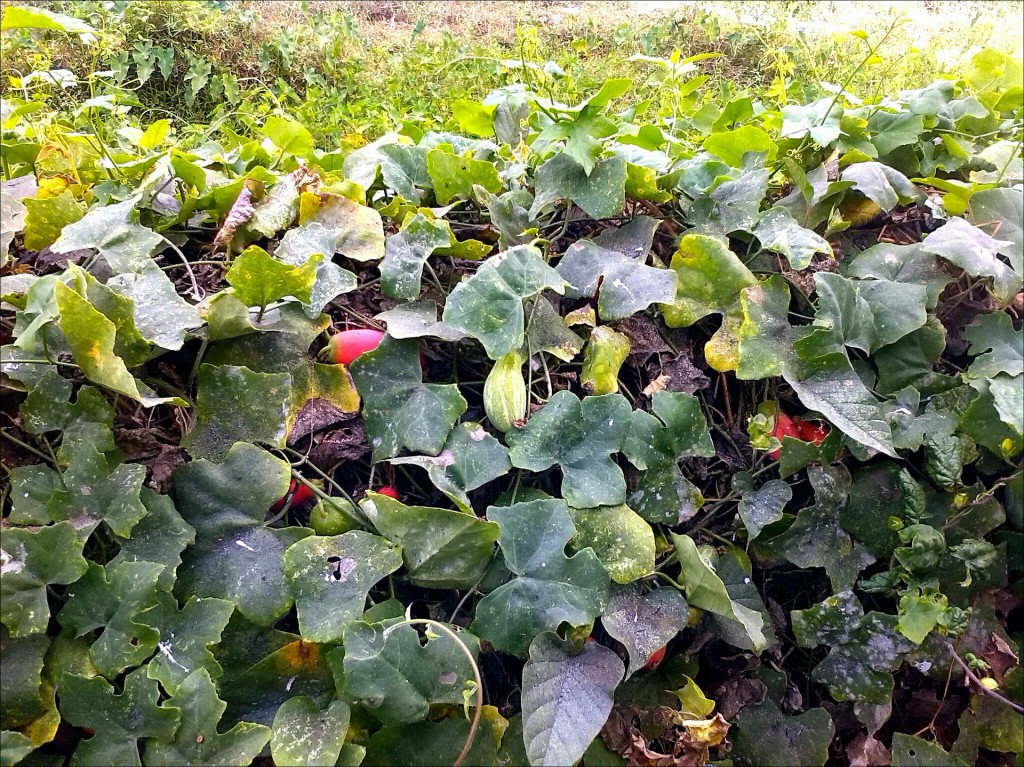
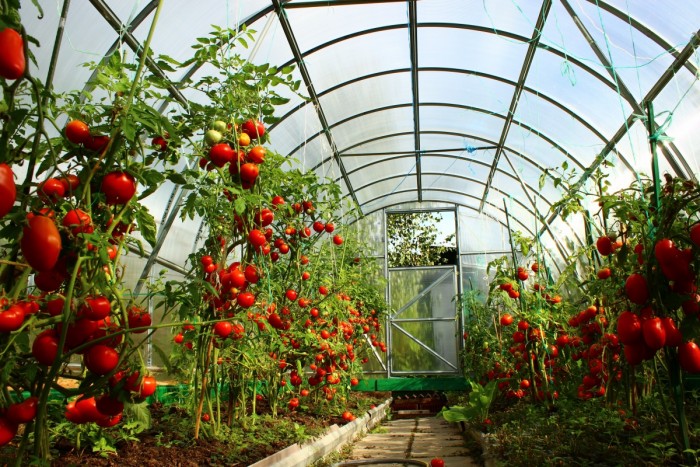








Without suspecting, he was jailed 3 years ago. It had a good effect on the harvest, and the currants were treated, while the aphids also left the gooseberries. Conveniently processing the area around one bush, you capture the second, conveniently.
For many years now, currants with gooseberries are growing nearby, they always delight us with an excellent harvest. There have never been problems, caring for such a neighborhood is not difficult, the main thing is to choose the right soil. We have currants and gooseberries growing along the fence, like most (it grows there precisely because of the soil).
In our childhood, gooseberries and currants also constantly grew next to us, and now I also plant. But I didn't know that it was better to plant them near buildings or a fence, although I did it, and many have it that way, and it is also convenient.
Somehow they didn't even think about whether it was possible to plant these shrubs nearby, but simply planted them side by side for beauty. But only currants without problems every year give a stable harvest, for about ten years already. And two of the four gooseberry bushes had to be cut down: they began to hurt, dry up and practically stopped bearing fruit.
I have gooseberries and black currants growing next to me, there has always been a good harvest, and this year the gooseberries began to rot, gave small fruits, also with a black speck, and, on the contrary, there are more berries than ever before, and such large ones. In general, I will probably uproot the gooseberries and plant a new one, I will try to prepare the soil as described in the article (very sensible, I learned a lot).
In our country house, all the time the currant grew next to the gooseberry and, if properly processed, looked after, watered, then both of these shrubs give a good harvest, the berries are large, fragrant.
In my dacha, gooseberries and currants grow side by side. They bear fruit every summer, do not get sick with anything. Large adult bushes, they are already 7-8 years old. I have never transplanted. Therefore, I believe that currants and gooseberries can be planted together.
I have had a yoshta bush for about 30 years, so I somehow did not think about its neighbors. Ants have settled in its roots. At first I wanted to kick them out, then I decided to see what would come of their symbiosis. It turned out well. The ants poured 40 centimeters of earth, the bush stopped blocking. The yield is higher, the berries are larger.
In my garden, gooseberries and currants also get along well and grow along the fence. I don't really care for them, only in the spring I water them more often than usual. They bear fruit in moderation, my husband and I have enough.
I didn't even know there were such rules. Since ancient times, my grandfather has planted all the currant and gooseberry bushes nearby. It turns out that you can't plant next to black. And raspberries are not allowed. We must start learning gardening similarly)